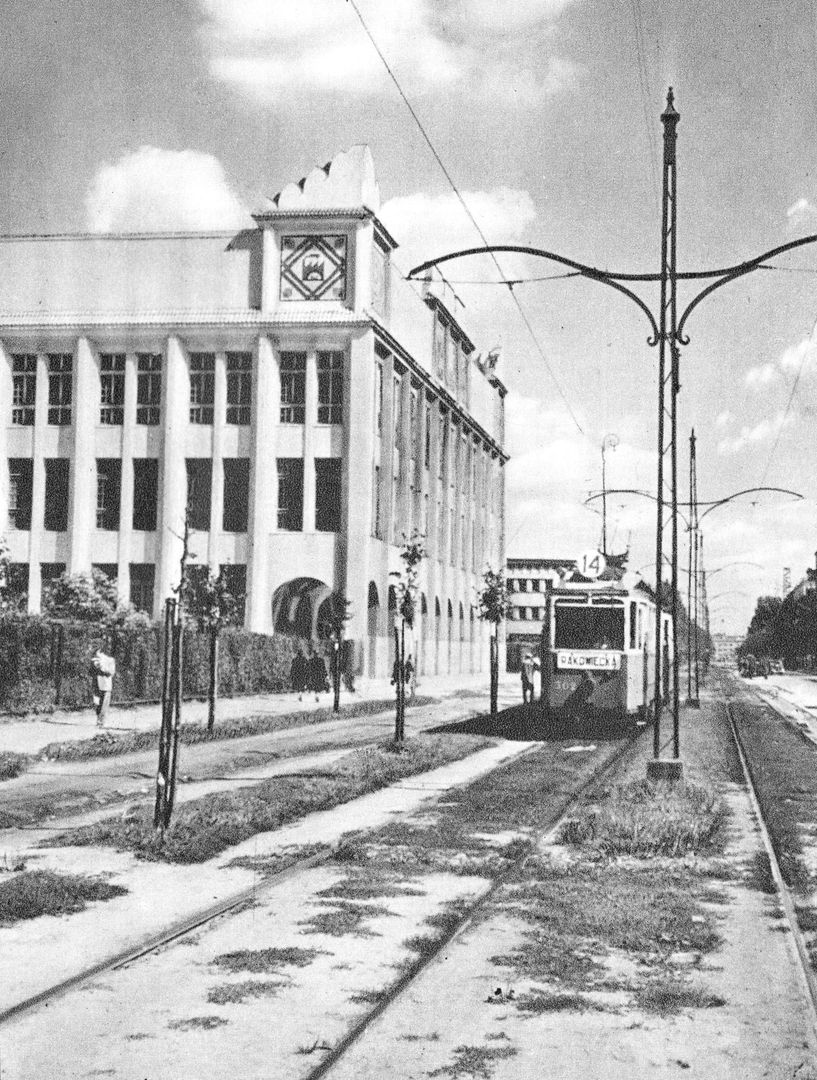Rakowiecka Street in Warsaw
6.52

Overview
Rakowiecka Street in Warsaw is one of the key streets of Old Mokotów, stretching 1,560 meters from Puławska Street to St. Andrew Bobola Street. The street features a two-way section with tram tracks, while its eastern part is one-way. It originated as a road connecting Mokotów with neighboring villages, and its history dates back to the 18th century when it ran through fields. The first major buildings, such as Mokotów Prison and the buildings of the Warsaw University of Life Sciences (SGGW), were constructed before World War I. During the interwar period, the area developed intensively, and tram infrastructure was introduced in 1927. Unfortunately, during World War II, the street became a site of brutal fighting and atrocities, particularly during the Warsaw Uprising, when Germans carried out repressions against civilians and insurgents. After the war, Rakowiecka gained notoriety due to the cruelties committed in Mokotów Prison.
Prominent landmarks along the street include the headquarters of the Internal Security Agency, the Geological Museum, and historic buildings of the Warsaw School of Economics. After the war, the "Moskwa" cinema operated on the street, becoming an important venue for screening films banned by censorship. In 1996, the cinema was demolished and replaced by the Europlex complex. Rakowiecka Street is known for its numerous commemorative plaques honoring the victims of World War II and communist crimes. The street's charm is underscored by its architectural details and rich history, making it a significant location in Warsaw. An interesting fact is that residents often referred to it as "from Moscow to prison," with some extending this route by adding that it also leads to the tram loop. The street is also known for its unique urban layout; for example, the SGGW building at Rakowiecka 30 deviates in an unusual manner due to the design of the never-completed Uniwersytecka Street.
Location
Tickets
Powered by GetYourGuide
2025 Wizytor | All Rights Reserved